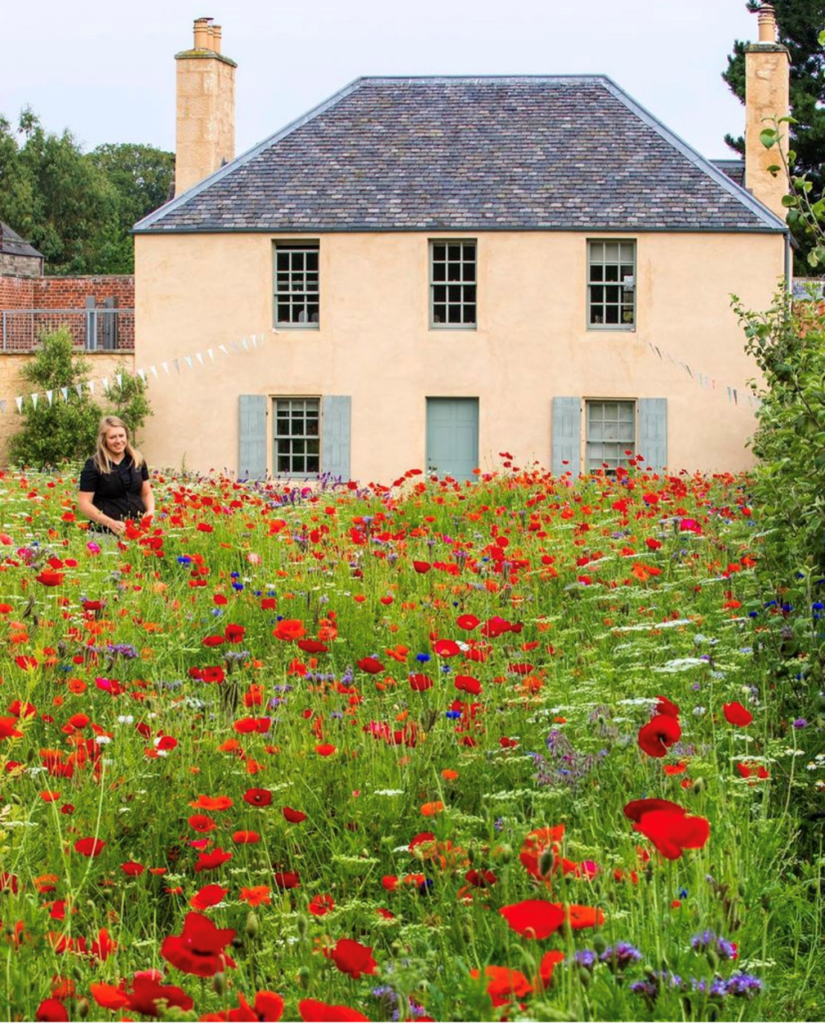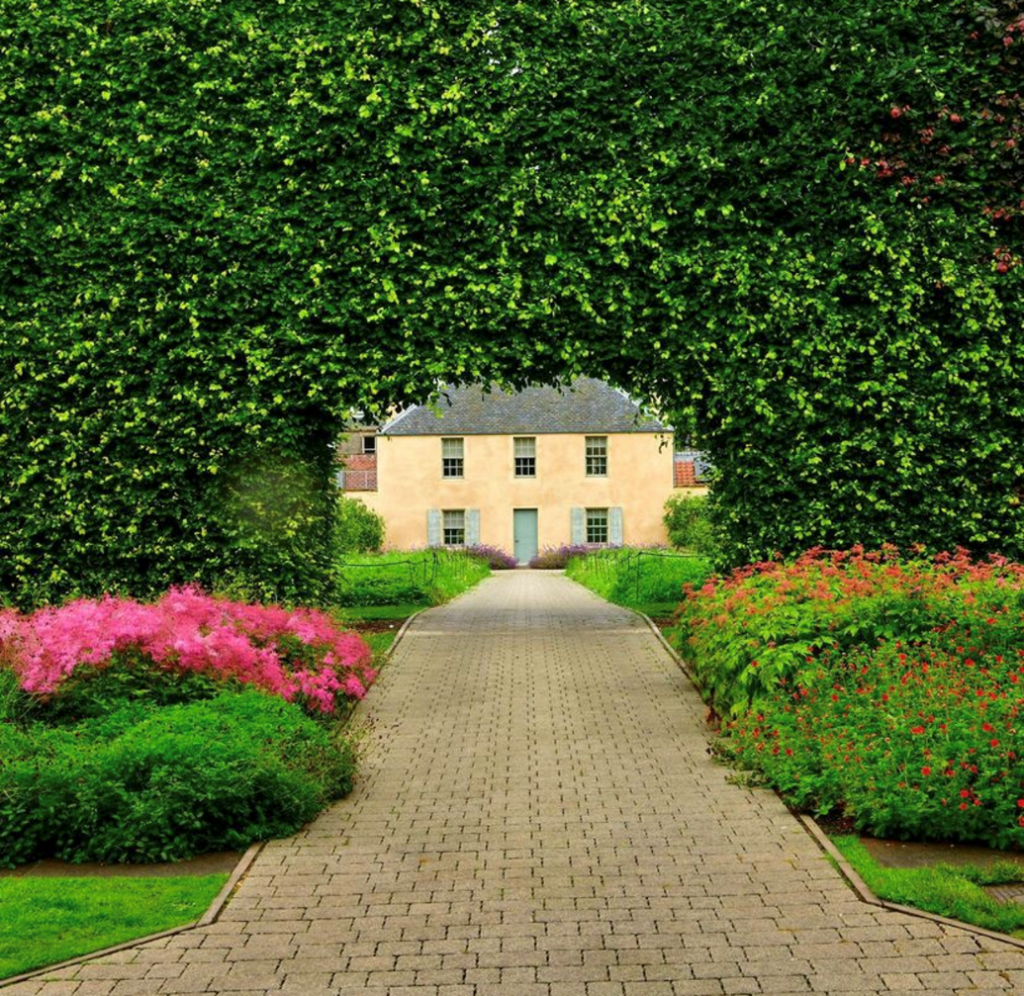
It has certainly been another busy and productive year in the garden for everyone working at The Royal Botanic Garden Edinburgh (RBGE). A garden is never static, it is always growing, evolving, and changing. It is always lovely to see so many people visit the garden through the changing seasons with many locals and visiting tourists from around the world.
The appreciation of nature and being outside can be enjoyed any time of year at RBGE. We are hearing more and more about how important greenspaces are in the city for our health and well-being. Many studies have shown that people living in greener neighbourhoods have several health benefits, including lower levels of stress and cardiovascular disease. New research indicates that exposure to parks, trees and other green spaces can slow the rates at which our cells age. Not surprisingly there is always a ‘plant of interest’ for every month of the year growing in the RBGE Living Collection. Kirsty Wilson, Herbaceous Supervisor, keen photographer and botanical drone pilot, highlights her favourites from the past twelve months.
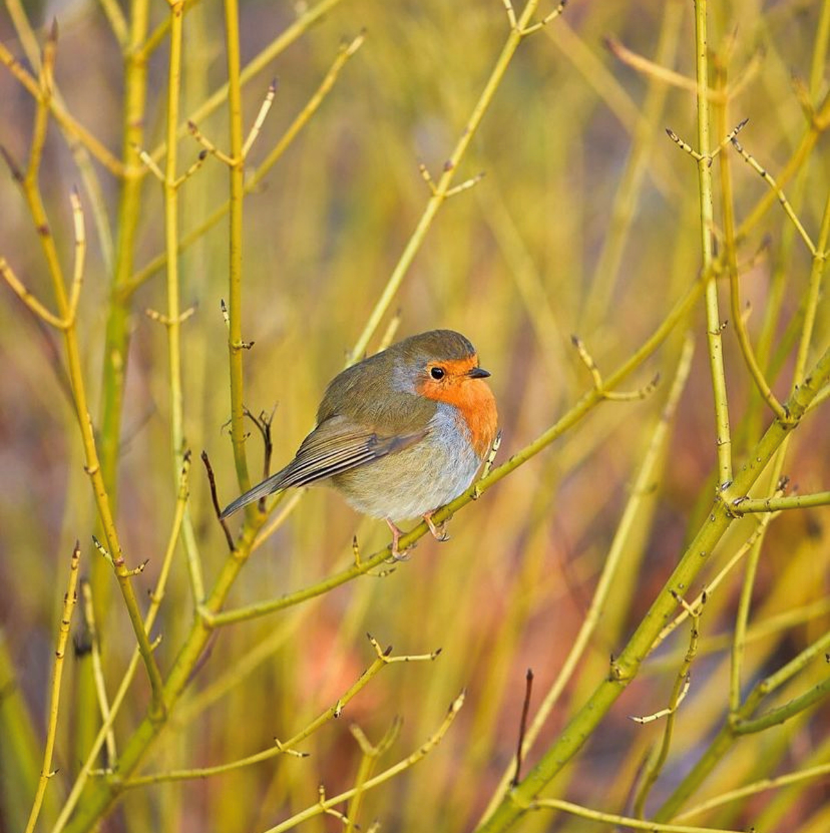
January
A robin visits the Biodiversity Garden at the Royal Botanic Garden Edinburgh. Cornus stolonifera ‘Flaviramea’ forms thickets of colourful yellow stems in winter. This shrub is deciduous so it will drop its leaves in autumn. Then the fresh new foliage will appear again in spring. This plant makes a wonderful addition to any garden and thrives best in a sunny, moist area of your garden. It is also particularly effective when planted next to a pond where the colour in winter can be reflected against the water.
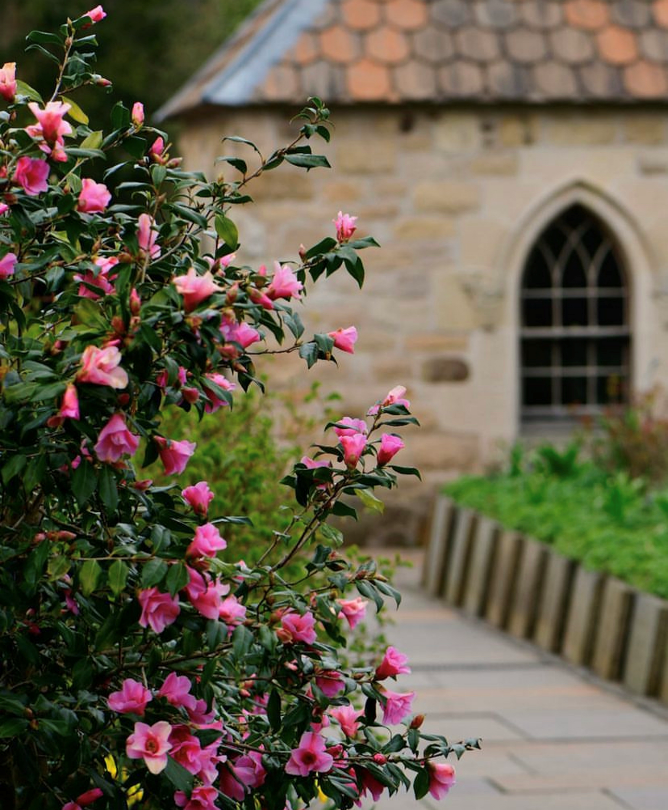
February
Camellia × williamsii ‘Bow Bells’ was relocated to her new home in the Queen Mother’s Memorial Garden for the Biomes Project at RBGE. Every time I walk past her stunning pink flowers against the shell grotto they make me smile. It was certainly worth the team moving this large shrub. A slow-growing, dense evergreen shrub with small leaves around 4-6cm long, and small, single tubular pink flowers from mid-winter to spring. Flowers best when grown in full or partial shade.

March
Dionysia khatamii possesses beautiful tiny flowers which form tight domes of tiny leaves. They have an intriguing habit of growing in the wild on near vertical walls with a ledge of rock protecting them from full sun and weather. They can be grown in pots in a sand plunge bed in an alpine house like this one. They are certainly a plant for specialist growers and alpine collectors. These unique cushion-forming alpines are found in Central Southern Asia, particularly Iran and Afghanistan.
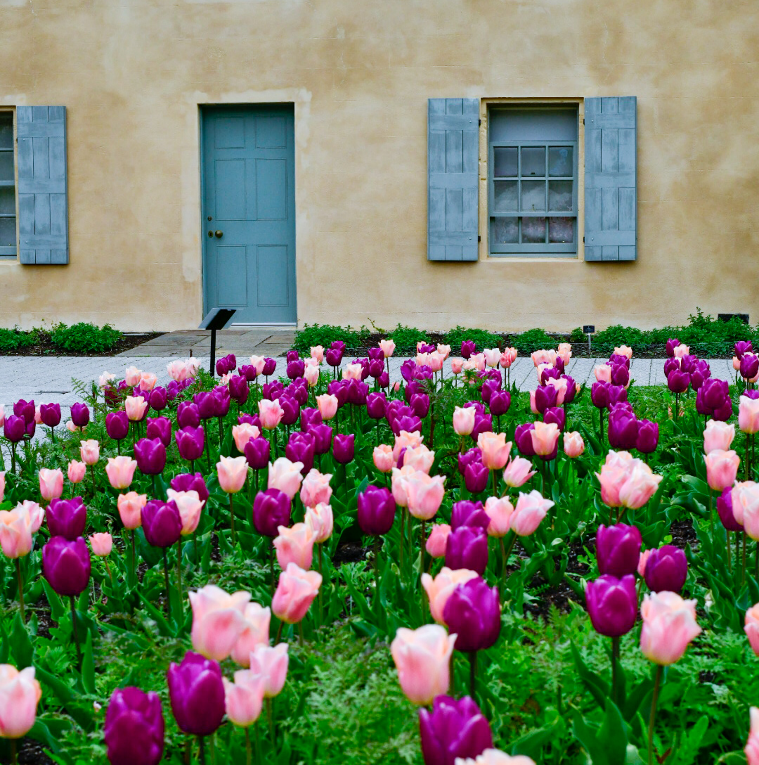
April
Spring wouldn’t be the same without tulips!
A delightful display in front of the famous Botanic Cottage supplied by our friends Taylors Bulbs. The beautiful flowers of these showy bulbs come in almost every colour imaginable, from pale pastels to hot vibrant shades. They are perfect for adding colour to borders in April and grow very well in pots. At RBGE we also have rare wild Tulips in our alpine display house – many of which are endangered in the wild and related to these showy colourful tulips we are so familiar with at home.

May
The Chilean Fire bush Embothrium coccineum. A spectacular, evergreen or semi-evergreen shrub, native to Chile with glossy, deep green leaves and clusters of brilliant red tubular flowers in early summer. Grow in semi shade in moist, acid soil for the best colour. This one was planted by King Charles III and grows in the Queen Mother’s Memorial Garden at RBGE. It is a riot of colour each May!
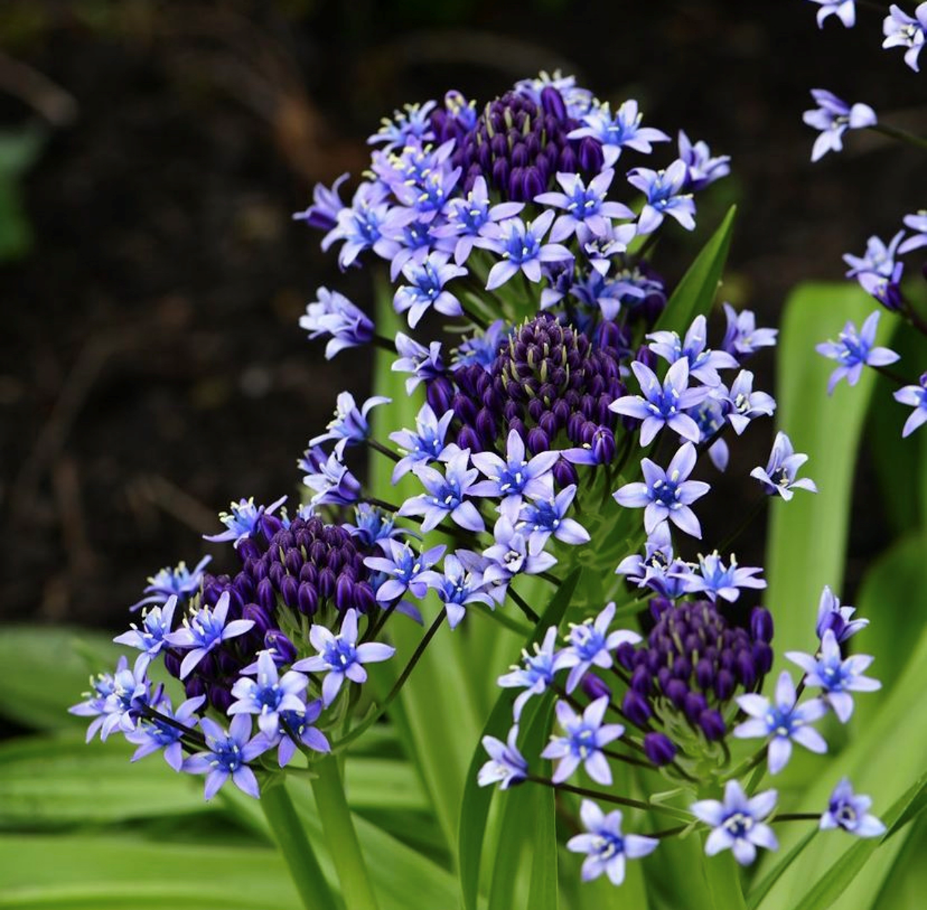
June
Scilla peruviana, also known as Portuguese squill, is a spring-blooming bulb with striking, lavender-blue flowers. This bulb grows wild in the Western Mediterranean (parts of Italy and North Africa) and performs best in similar climates that are warm and arid. Scilla peruviana should be grown in well-drained, relatively lean soil that has a sandy or gritty texture. The bulbs will not tolerate dense, heavy soils or soils that are too rich or too moist. Full sun is best for flowering, though the plants will also grow in partial shade.
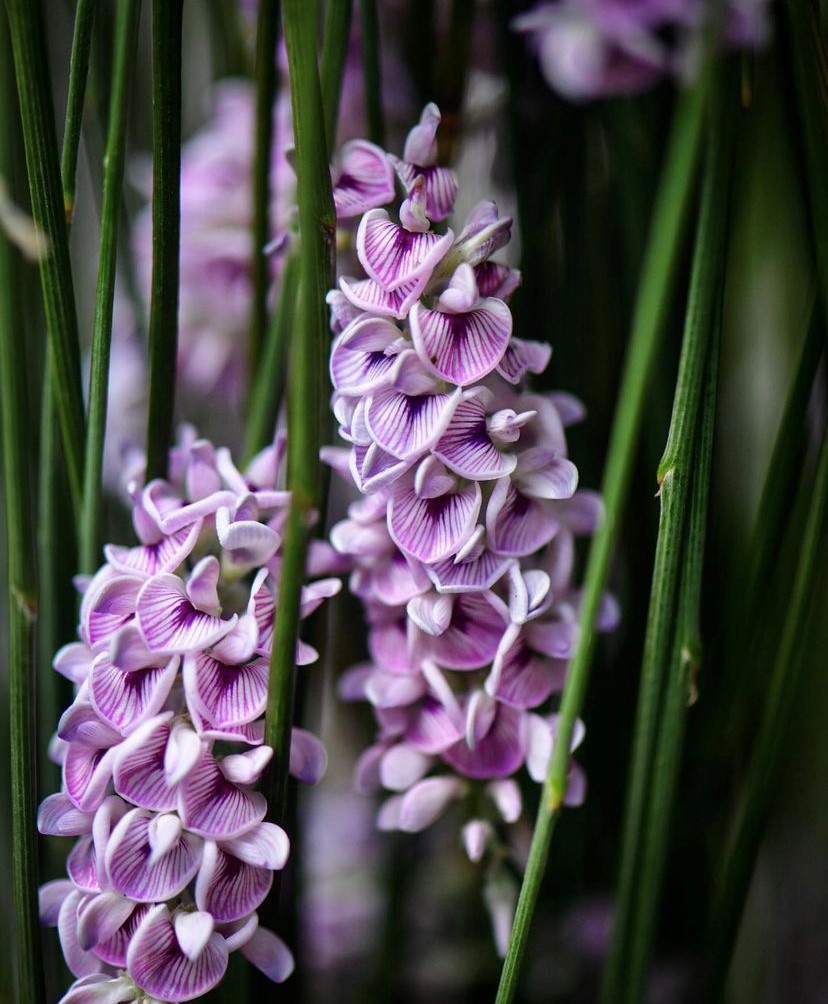
July
Chordospartium stevensonii a shrub native to the South Island of New Zealand. Now an endangered species. Thrives best in a sheltered hot, dry and sunny location. This one grows against a wall at RBGE near the research glasshouses. In July every year it produces wonderful racemes of lavender pink (pea like) flowers. Also known as cord bloom or weeping bloom.

August
The vibrant pink flowers of the perennial Sanguisorba hakusanensis. It grows in the wild on Chiri-San, a mountain in South Korea where it was collected on an RBGE expedition. Flowering in the herbaceous border each summer it attracts both bees and visitors to admire the pendulous fluffy flowers. As a herbaceous perennial it is best split and divided during the autumn.
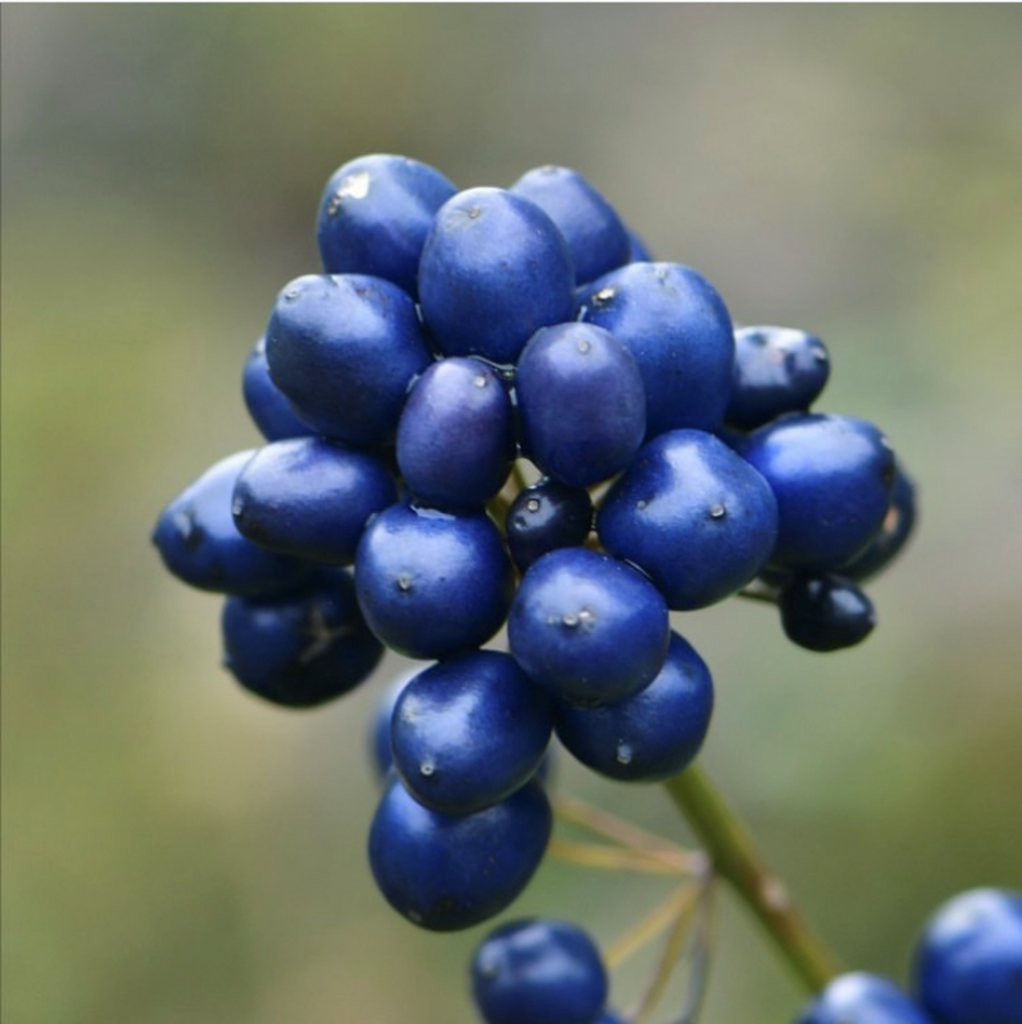
September
The incredible glossy dark blue fruits of Clintonia andrewsiana. This rhizomatous perennial is native to Oregon and Northern California. It grows in shady, moist areas of coastal forest. This beauty is found in the Rock Garden at RBGE.
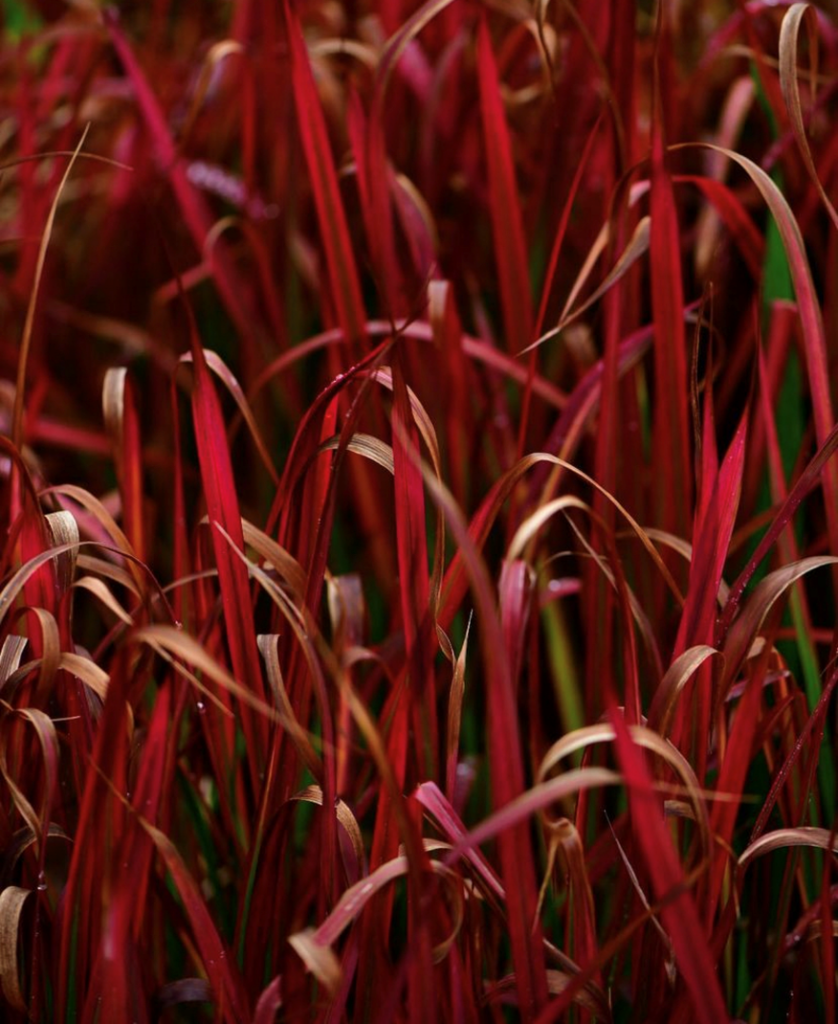
October
Japanese blood grass is also known botanically as Imperata cylindrica ‘Rubra’. Upright linear foliage that turns a distinctive blood red as the season progresses. Long lived, but can be very slow to establish. Sunny open spot. Soil not too wet. Works well in containers. Reaching height; 30cm – 40cm.

November
The incredible blue fruits of Decaisnea insignis are also known as ‘dead man’s fingers!’ A deciduous shrub that occurs in cloud and montane forests of northern India, China, Myanmar and Bhutan at elevations between 2000m and 3000m. Will survive temperatures below freezing.
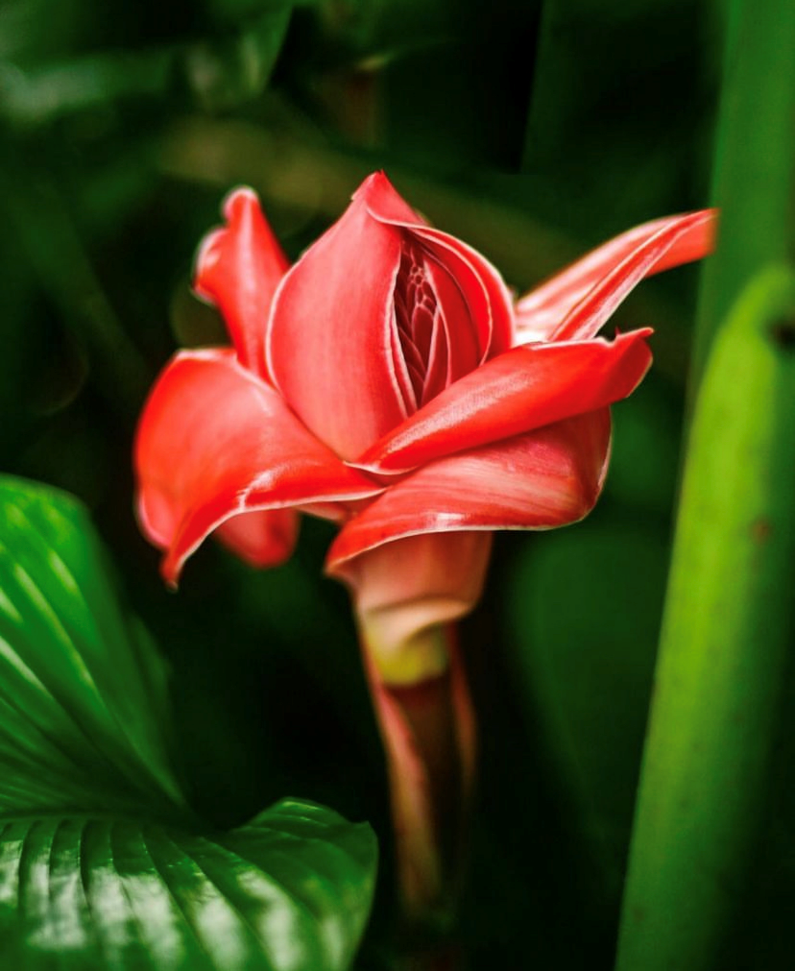
December
The vibrant and tropical torch ginger Etlingera elatior. Grown throughout tropical South East Asia for its spectacular flowers. Plants are monocarpic meaning the flower stems die after flowering with new stems developing at the base. Plants are totally intolerant of frost hence why we grow ours in a warm tropical glasshouse. It is also sometimes used in SE Asia as a food ingredient for delicacies and as a medicine.
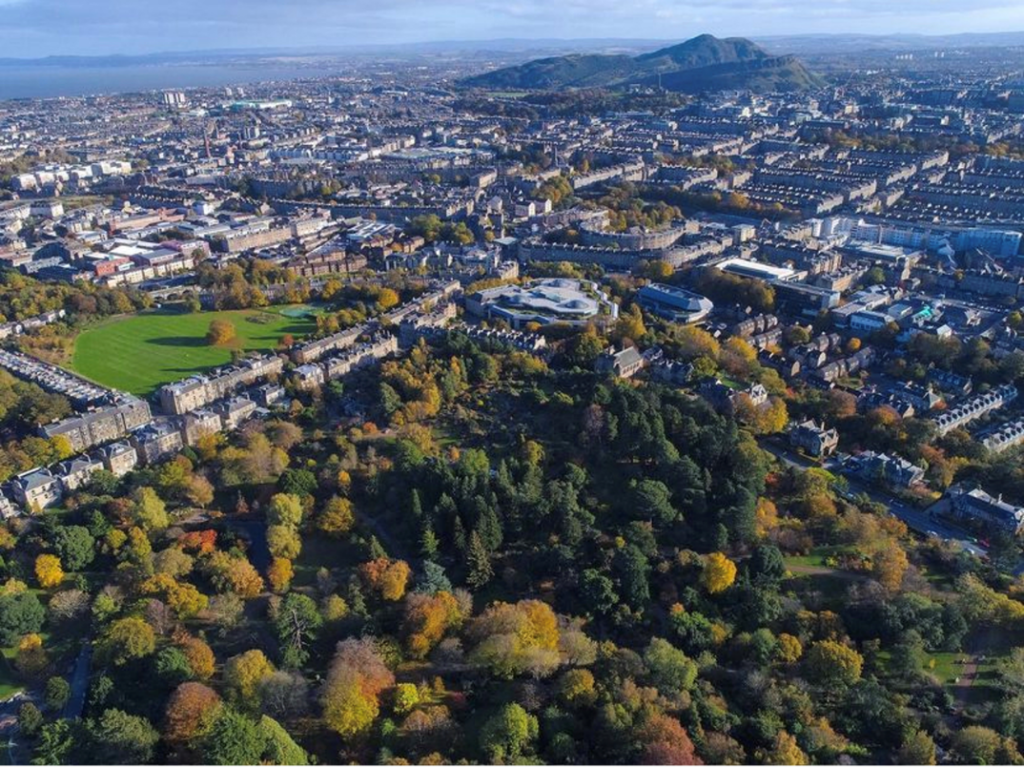
Aerial drone image of RBGE Autumn 2023
All life depends on plants. It can be easy just to ignore them and take them for granted in our busy day to day lives. They work hard to purify our air, provide habitat to millions of species, cool our cities and environment, protect us from floods and ease the mind during stressful times by helping our wellbeing. The appreciation of plants and nature is essential for our future work in protecting biodiversity and tackling climate change for future generations. Try to take a moment to step back from your busy lives and appreciate the beauty of the natural world in your own gardens or nearby greenspace. Better still come and visit The Living Collection at the four gardens of RBGE at Edinburgh, Dawyck, Logan or Benmore next year.
